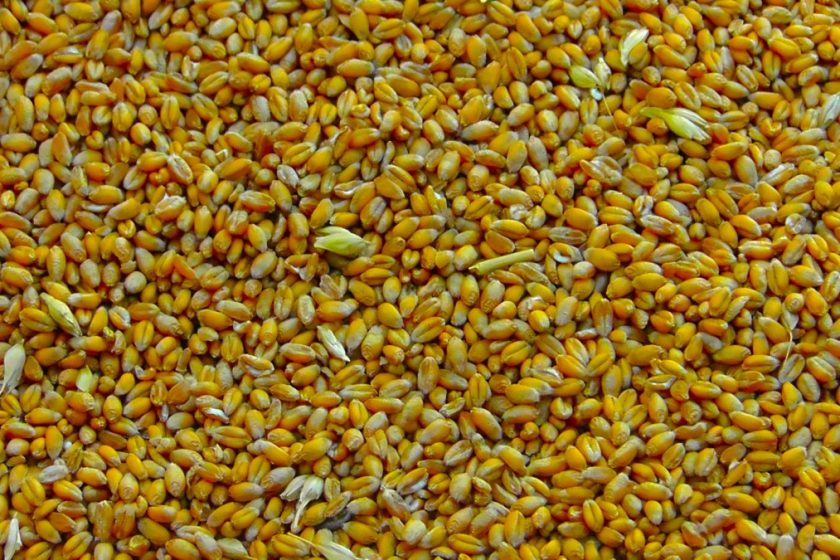Feed wheat consumption in the Philippines in marketing year (MY) 2024/25 is forecast to hold steady at 3.4 million tons, the USDA Foreign Agricultural Office in Manila said in a report.
This steady demand reflects favorable pricing and sustained interest from the poultry and aquaculture sectors.
Between February and April 2025, feed wheat prices fell by USD 13.57 to USD87.26/ton, boosting its use in feed formulation.
Feed producers have increasingly adopted feed wheat a reliable alternative to corn, and in some cases to soybean meal. While soybean meal offers a higher crude protein content, feed wheat presents a more economical option—especially valuable for poultry producers optimizing nutrition without inflating costs.
Stable imports, formulation shifts
Australia continues to supply over 99% of feed wheat to the Philippines, offering consistent trade flows that support steady consumption.
Feed and animal protein producers incorporate feed wheat into balanced formulations to control costs and meet nutritional targets. Its stable pricing helps offset volatility in global markets, especially where soybean meal prices remain elevated.
In poultry feeds, feed wheat contributes energy and protein while consistency and flexibility in their formulations.
Consumption to rise
This shift is echoed in broader consumption trends, where total wheat usage is projected to reach 7.05 million tons in MY 2024/25 and 7.15 million tons in MY 2025/26, with feed wheat representing nearly half.
The Philippines’ reliance on wheat imports underscores the importance of favorable trade dynamics and feedstock adaptability.
With the poultry and aquaculture sectors both seeking resilient nutrition strategies, feed wheat is proving indispensable—not just as a filler, but as a smart, responsive component in modern animal nutrition.

